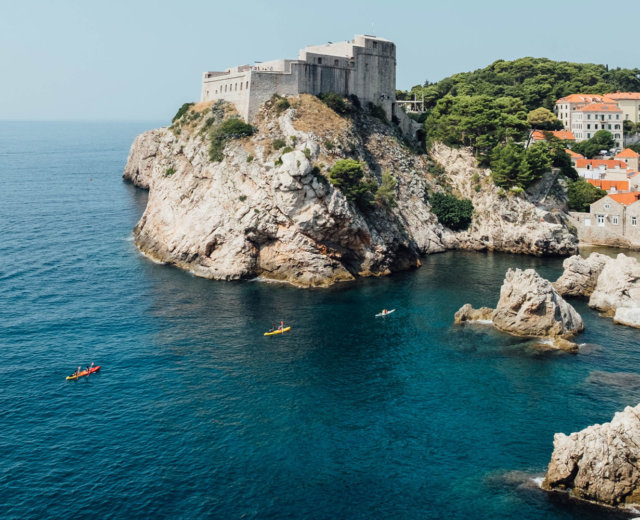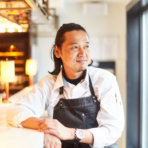Flair and finesse: Exploring the art of Japanese cuisine with chef Masaki Sugisaki
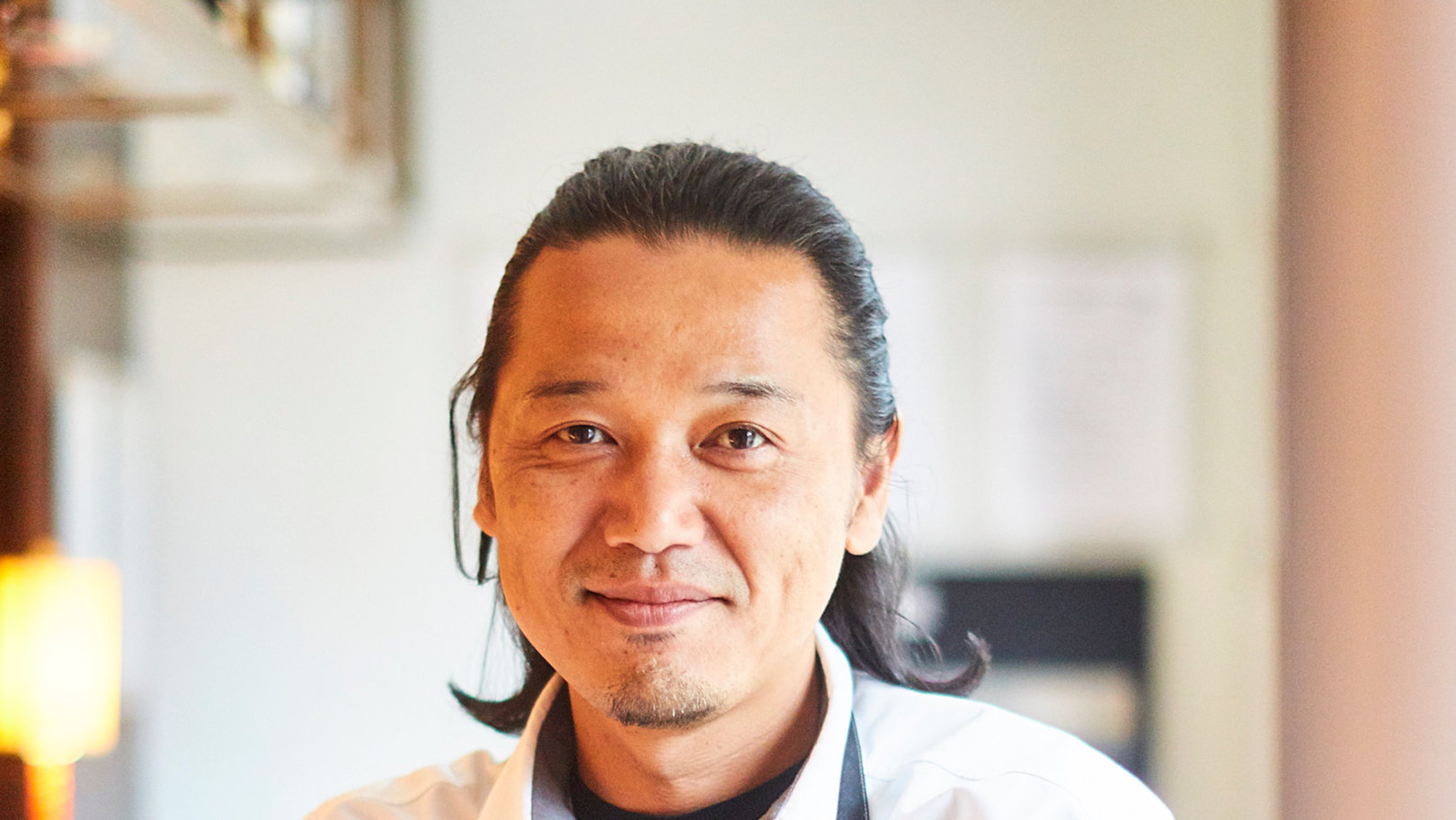
I started working in my parents’ traditional Japanese kaiseki (multi-course) restaurant in Saitama aged 15. As the eldest son in my family, it was a given that I would take over the business, but I didn’t enjoy it at all. I was young and just wanted to be with my friends.
Over time, however, I became quite fascinated with the philosophy and tradition that underpins Japanese cuisine. It’s an art that is not only about cooking to the highest technique, but also in a way that is seasonal and maximises and respects all key ingredients.
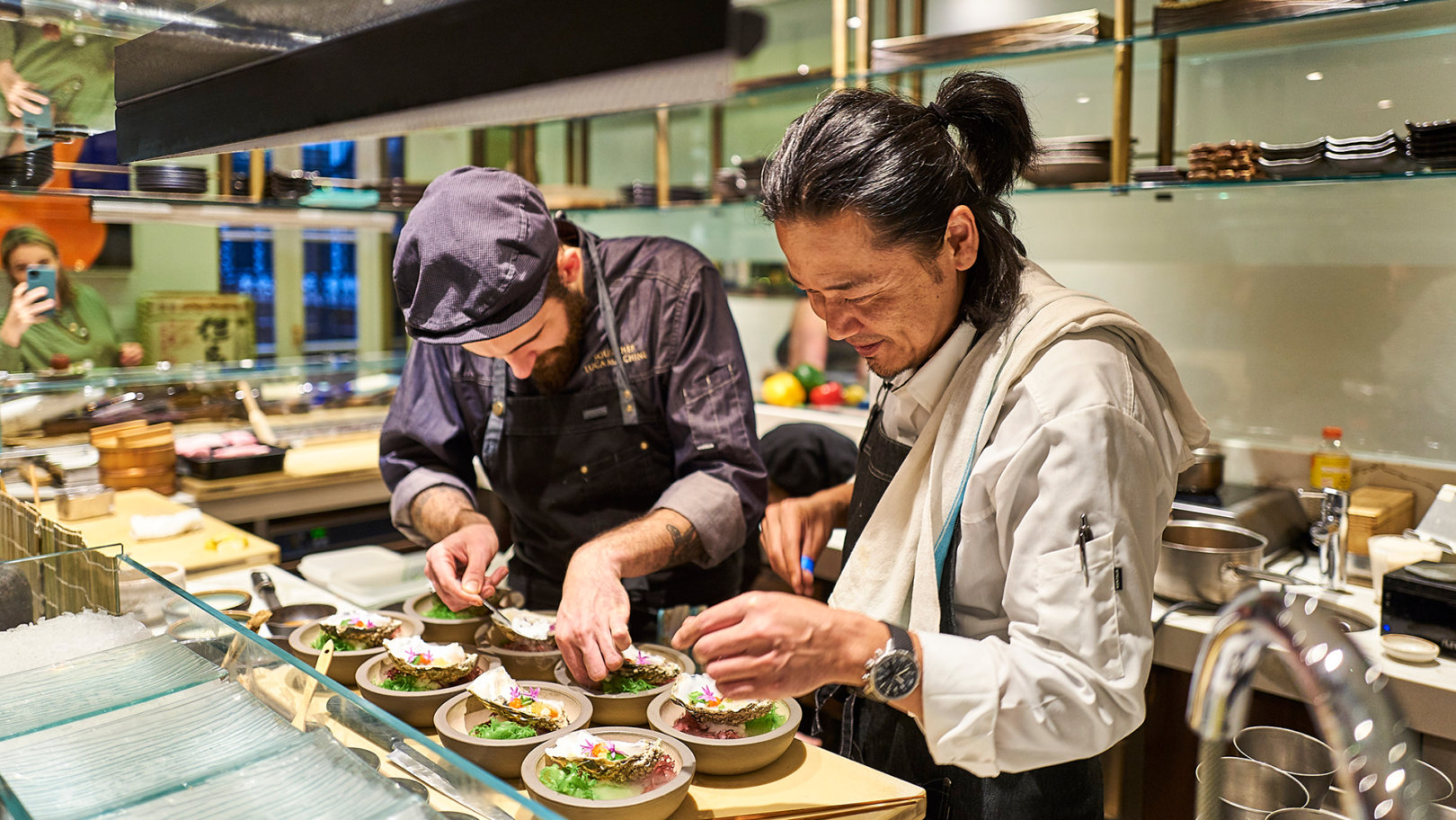
Japan’s respect around cooking captured my imagination
For example, fish and seafood form a major part of the Japanese diet. Traditional fishermen use a method called ikijime to fish, ensuring the freshness and quality of the catch is also preserved, with specific packaging etiquette that avoids damaging its texture.
Another key part of Japanese cooking is to use every last part of a given ingredient. For example, we have special techniques to cook fish tails, which can be quite stringy and tough to work with. And at my London restaurant, Dinings SW3, we repurpose shellfish waste into lobster miso, or use vegetable waste to create stock and plant-based sauces.
All this respect and tradition around cooking captured my imagination. I was taken by the idea of this very unique, richly layered craft being carried through the ages.
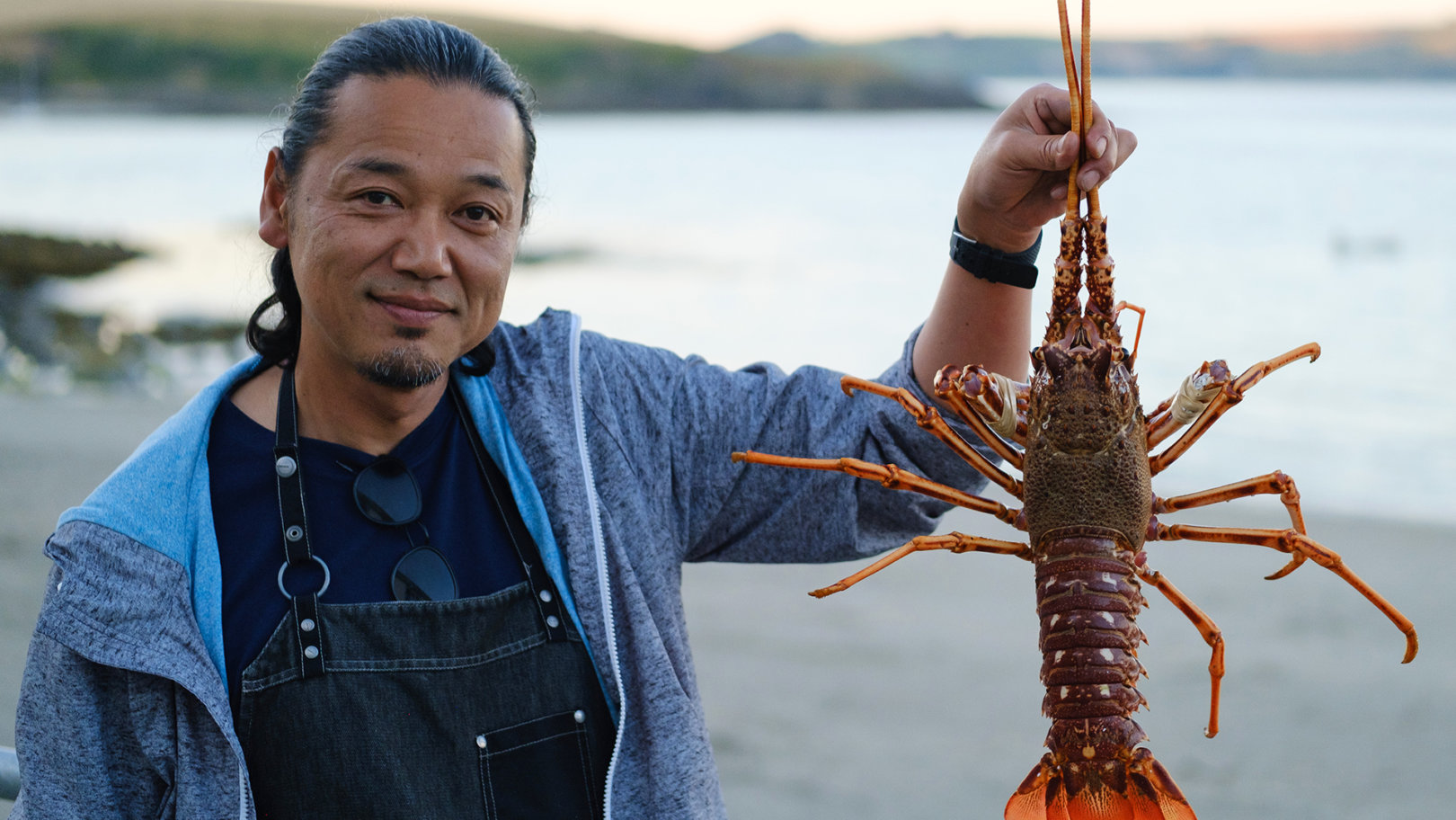
I tackled the problem of fresh, seasonal seafood head on
When I moved to London to cook in the early 90s, however, I realized that no one knew anything about Japanese cuisine – and the quality and choice of ingredients at that time was very poor.
At first, I just focused on establishing myself in the restaurant industry. But around a decade into my career, I decided to tackle the problem of fresh, seasonal seafood head on.
In 2006, I traveled to Cornwall and started tapping into a network of local day boat fishermen. First in the pubs around Falmouth, and later, by convincing them to take me on their fishing trips.
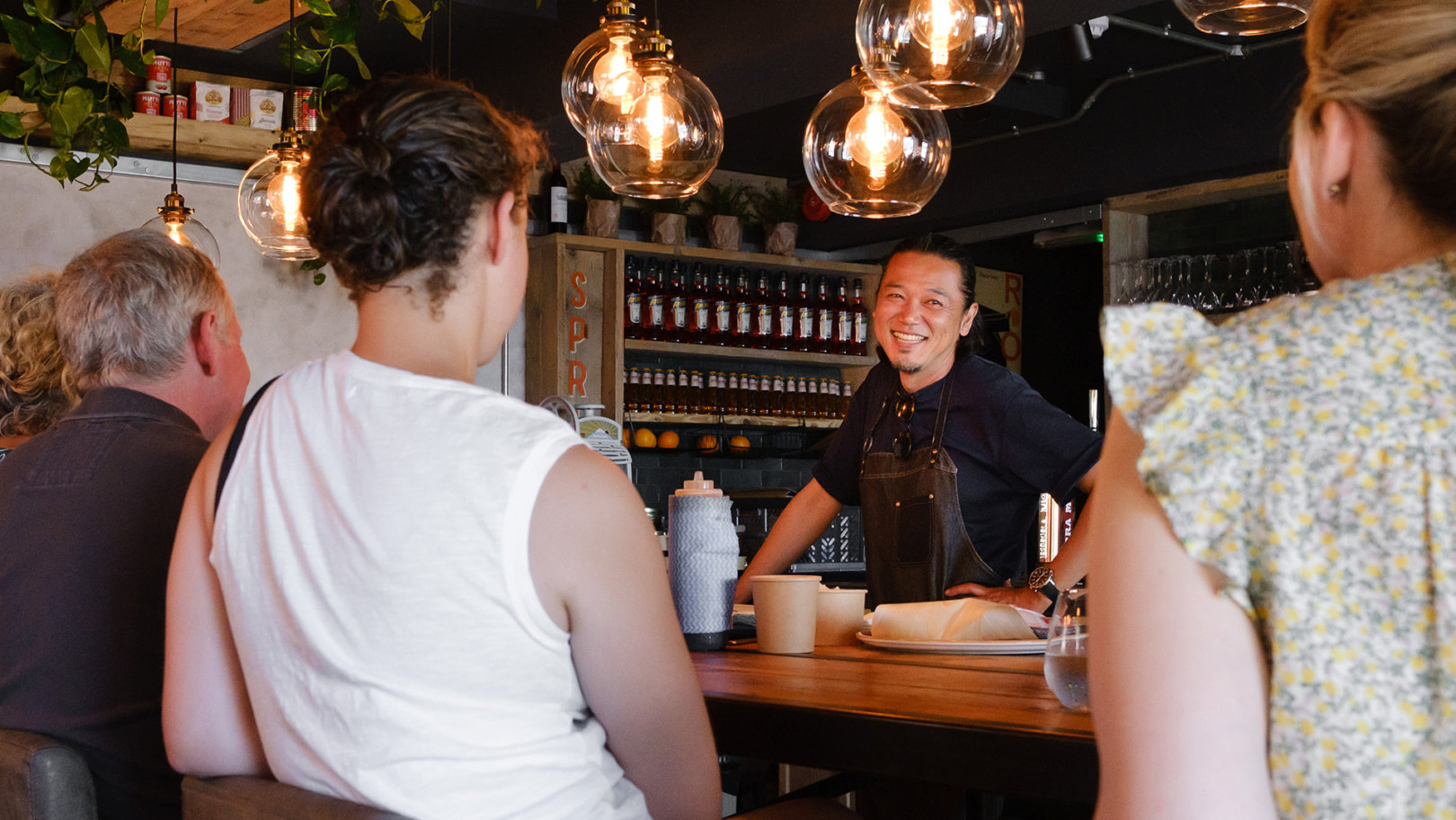
I try to bring the Japanese attitude of respect to British waters
These people approached their craft in a very sustainable way, using line-caught fish on small day boats. But they were being paid low rates. I offered them over twice the odds for a pioneering system I developed to courier fresh fish, caught daily, from Cornwall to London.
It took a lot of failures to make the concept work. But around the same time, I started to cook at a series of pop-up harbour events and festivals in the region.
This allowed me to develop lasting relationships with the Cornish fishing community. Slowly, I created a process that allows for seasonal, quality products to be bought at fair rates, and in a way that brings the Japanese attitude of respect to British waters and its produce.
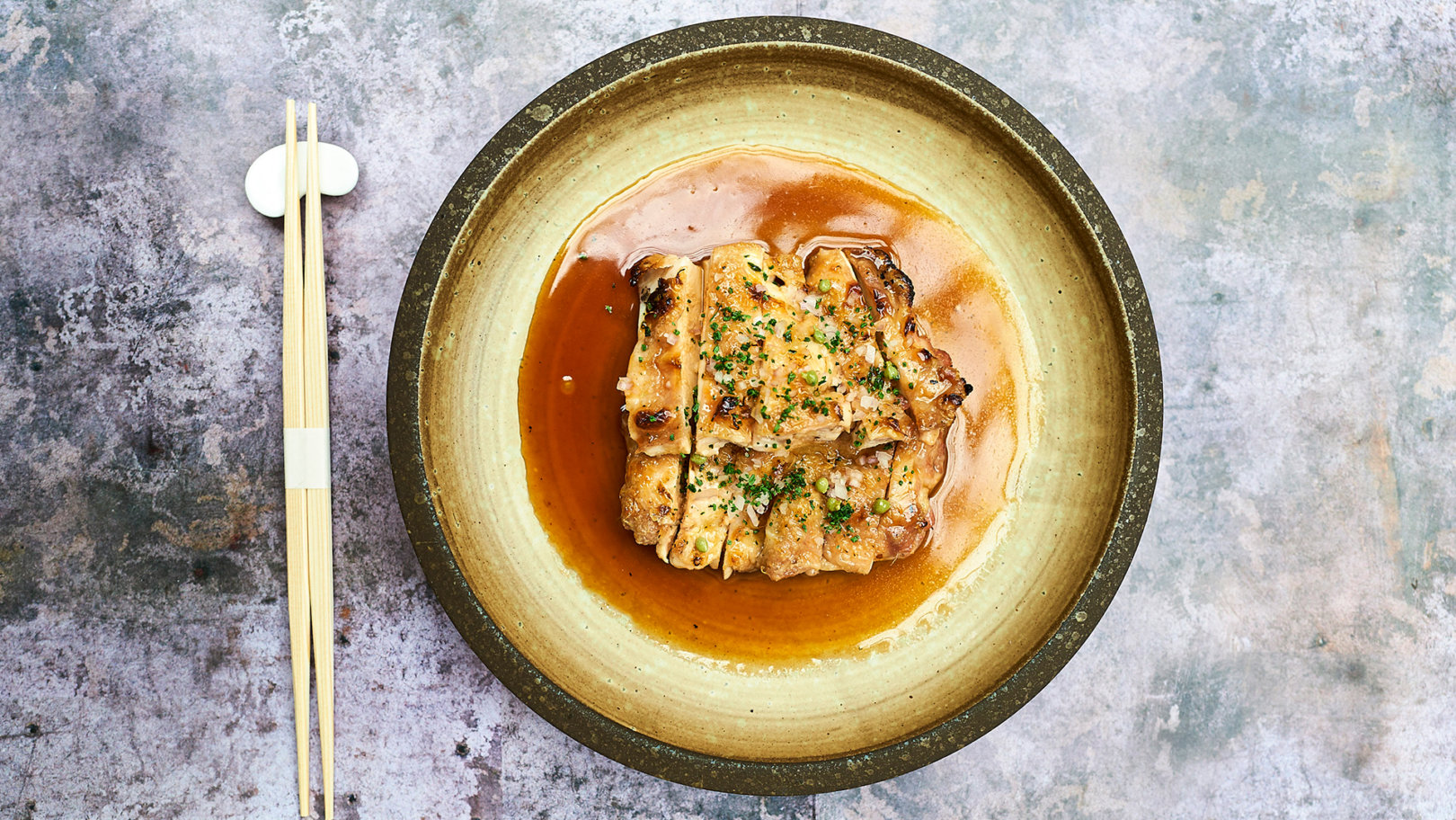
I’ve since expanded on my own fusion approach
My dream is to make Japanese cuisine familiar to European audiences, not just by using specific ingredients – like miso or soy sauce – but by working from a deep-rooted foundation of identity and technique.
I worked at the now-closed Nobu Berkeley Street for a while. I was really impressed by how chef Nobu Matsuhisa translated traditional Japanese cuisine into a Western format, making Nikkei cuisine (a mix of Japanese techniques and Peruvian ingredients) a global phenomenon.
I’ve since expanded on my own fusion approach. For example, when I visited Cornwall this summer, I was playing around with locally-caught cuttlefish. They contain large brown livers which no one uses in the UK. In Japan, it’s really common to cure them with salt and turn them into a strong fishy paste – it tastes delicious with sake.
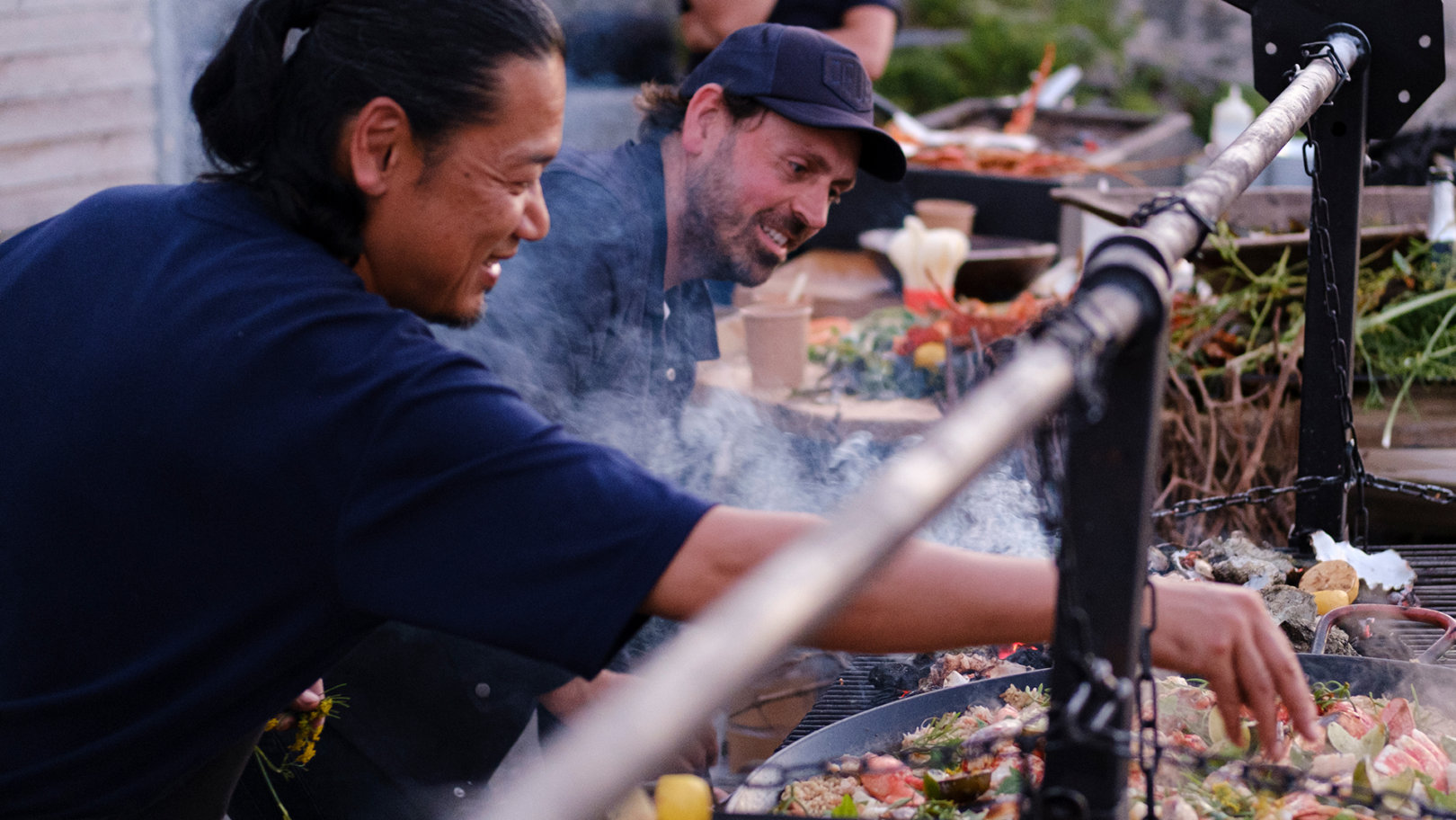
I started making our Wagyu burgers to use up food waste
I then took the remaining waste parts of the cuttlefish and, along with the cured liver, made it into a bolognese sauce, seasoned with rice miso from Kyoto – a very distinct Japanese flavour. I then cut the main fish into really thin long pasta shapes and served it as a cuttlefish pasta bolognese. The result was a fun, European twist on a Japanese concept.
In Japan, people are also good at importing European products, and then offering them in the Japanese way. Take the humble egg sandwich. You can buy one from any convenience store in Japan and the quality is just amazing: from the bread to the texture and the flavour combinations. If you’re traveling to Japan, I’d say it’s definitely worth trying food from a store because the quality is unreal.
One of our restaurant’s most popular dishes – our miniature Wagyu beef burgers – are also inspired by Japanese convenience stores. I started making them to use up food waste, echoing a Chinese brand of snack sold in Japan. They were meant as a bit of a joke, but they became an overnight hit.
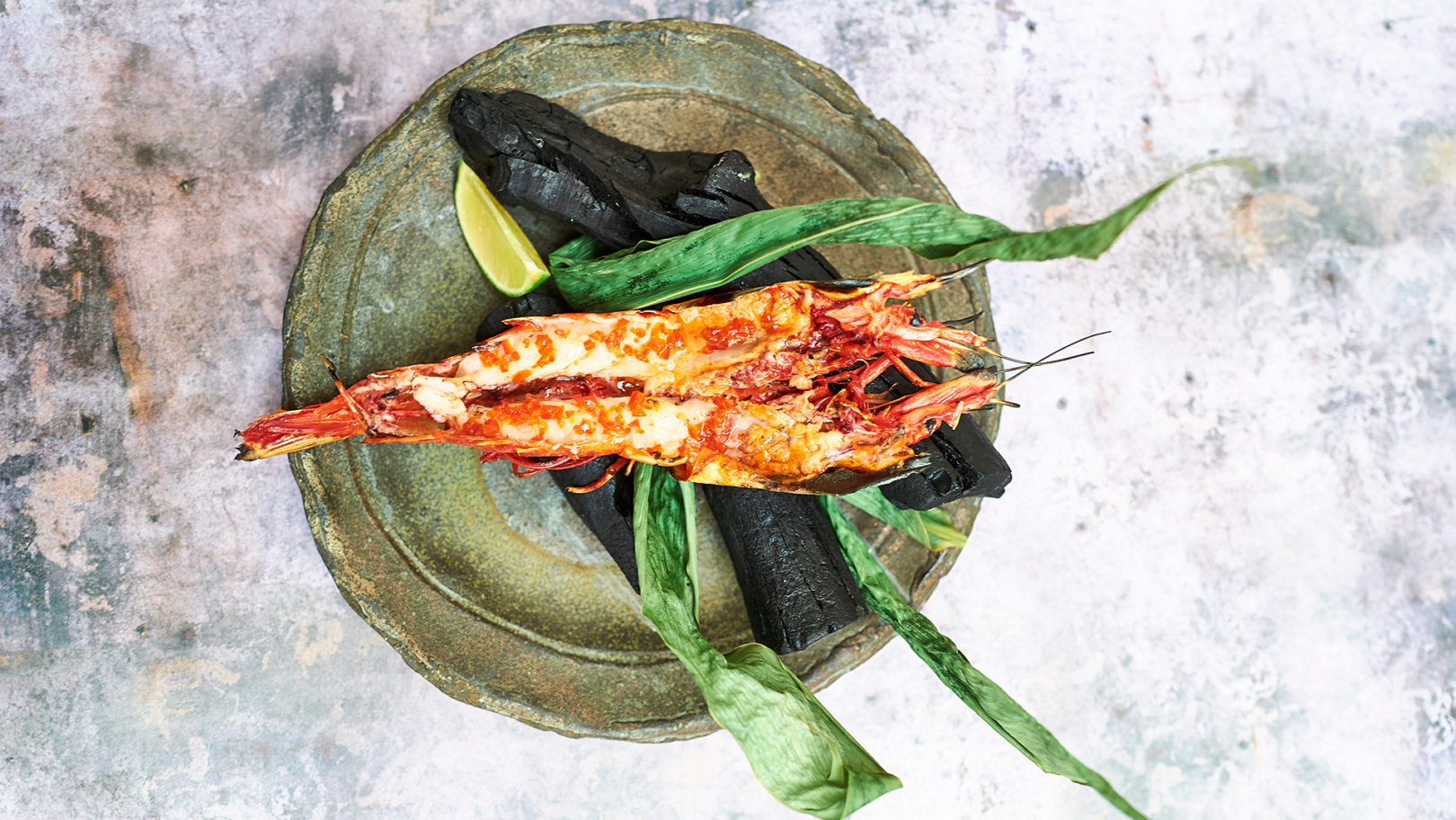
Japan’s old style of cooking continues to flourish
To experience cheap, everyday eating places in Tokyo, it’s a good idea to head to Shinbashi. After 5pm, this business district transforms into a local foodie hub, with outdoor seating and hundreds of workers all eating and drinking like crazy after a hard day’s work. You’ll have a lot of fun there.
I also love the older Tokyo neighbourhood of Asakusa, which is filled with shops selling Japanese cookery equipment. Around the Sensō-ji temple, you’ll find dishes like tempura prawns dipped in sweet soy and served on a bed of rice. In a new-age city, it’s a very old style of cooking that continues to flourish.
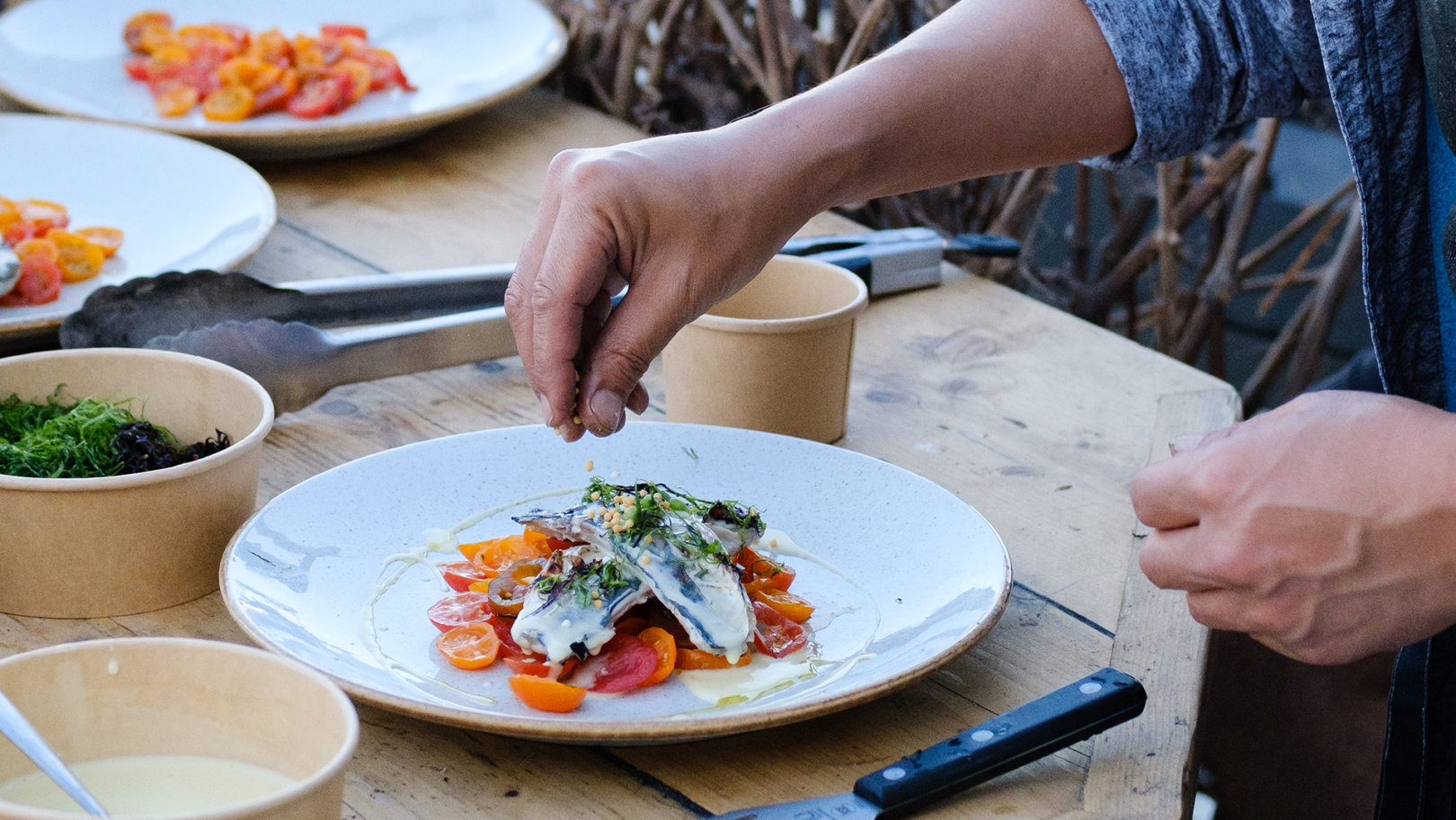
If you really want to know Japanese cuisine, cook it at home
The cities of Kyoto and Osaka are also great for food, as they’re very close together but completely different in character. Kyoto specialises in formal, classic kaiseki cooking, whereas in Osaka the mood is more relaxed, with lots of good, cheap street food.
Finally, if you really want to know Japanese cuisine, try cooking it at home. Things like sushi are easier to make than you might think, and they’re very interactive and creative. A homemade miso paste is also a basic, tasty addition to tomato sauce, adding a umami flavour that changes the entire dimension of the dish. Try it for yourself and see…
Masaki Sugisaki is executive chef at Dinings SW3, a boutique London restaurant, serving Japanese-inspired cuisine with European influences.
You can find out more about the flavours and techniques of traditional Japanese food on Flash Pack’s adventure to Japan – featuring street-food tours, sushi masterclasses, oysters on Miyajima island, and more.

